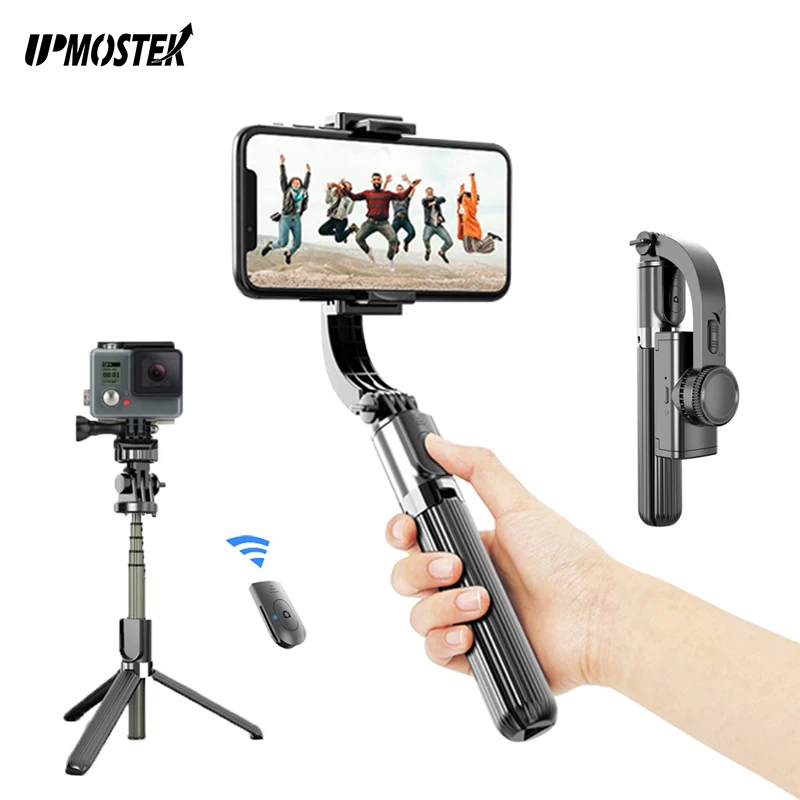| subject | What's Aperture? |
|---|---|
관련링크본문A small aperture does simply the alternative, making a photo darker. In a dark atmosphere - akin to indoors or at night time - you'll in all probability need to select a large aperture to seize as much light as attainable. This is the same purpose why people’s pupils dilate when it begins to get dark; pupils are the aperture of our eyes. Suppose cloudy skies, or a window with a sheer curtain. Place your subject: In contrast to aspect lighting, diffused lighting does not rely on course for its impact. Instead, you will need to position your topic primarily based on the composition and temper you're aiming for. Alter your settings: With diffused portable light for photography, you usually will not want to adjust your exposure as much. If you'd like some help getting started, most digicam phones have a grid overlay that follows the rule of thirds. You can allow/disable it in the settings section. Alternatively, you can install a camera app that helps several types of grids (reminiscent of A greater Camera). You need to use Lightroom’s overlays to enhance the compositions of your pictures. To make use of these, select the Crop instrument from the Develop panel. Make it possible for the Overlay is enabled. Then press the "O" key to toggle between all the accessible overlays. Although a few of them are called guidelines, they are solely pointers, instruments, and techniques that will help you obtain better outcomes. There’s at all times flexibility to experiment. It’s necessary to know the principles before you break them, although! The type of lens and focal size will rely completely on the type of photography that you’re doing. In most eventualities, your photos might be in the range from 14-four hundred mm. The brightness of the lens can also be essential. Lenses with a big aperture, like f/1.Eight or f/2.Eight, are usually geared toward taking pictures portraits and low-light photography like astrophotography. These are called "fast lenses". You may see some of these in our article on the most effective lenses for evening photography. Tripods: A sturdy tripod is important in some genres like lengthy-publicity photography, Milky Approach photography, Northern Lights photography, and other photographic conditions. As you can see, steady lighting is simple to master, and you'll do this first if you're a beginner. However, there are some downsides to it. You at all times need an exterior power supply to energy up your lights. And the setup will quickly heat up because you are holding the lights on for an extended time. This will especially develop into bothersome in a small studio. In mixed lighting eventualities involving different lights—say in a room with fluorescent or tungsten bulbs—you may want more powerful mild like a speedlight or studio strobe to totally overpower the combined lighting.  |
|
댓글목록
등록된 댓글이 없습니다.